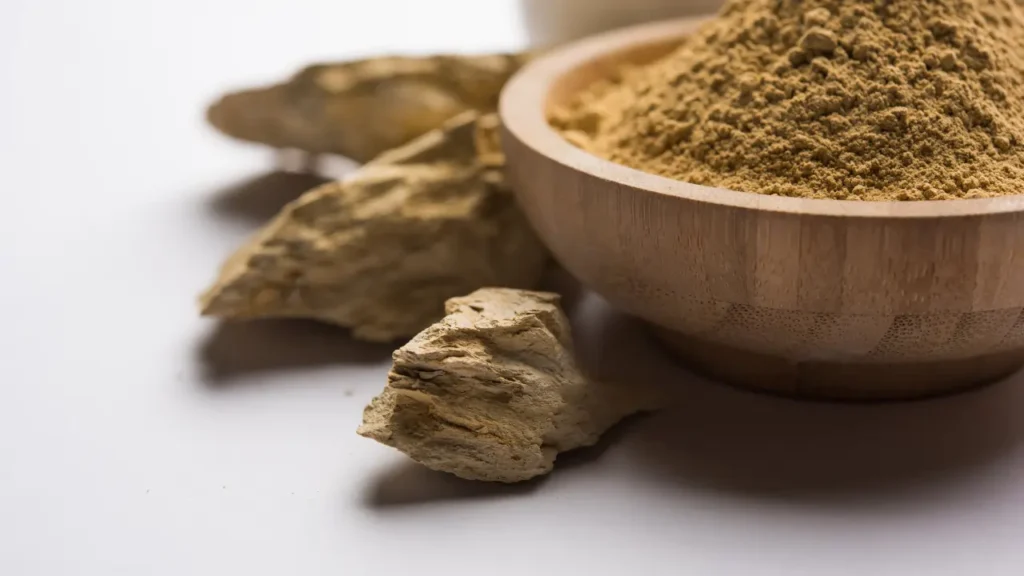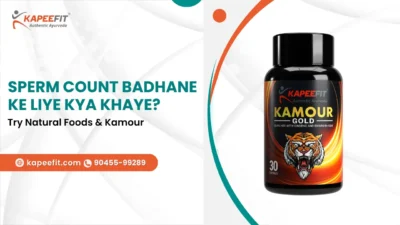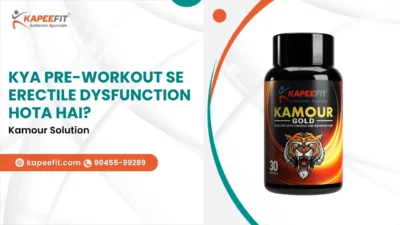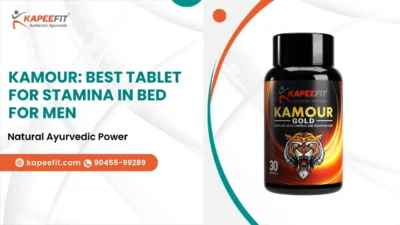Blog
HOME / BLOG
Does Multani Mitti Expire?

Multani Mitti, also known as Fuller’s Earth, is a natural clay widely used in skincare for its oil-absorbing, exfoliating, and detoxifying properties. While it doesn’t “expire” like perishable goods, its efficacy diminishes over time due to environmental factors and storage conditions. Here’s a detailed breakdown:
Table of Contents
Multani Mitti: What is it?
Pure Multani Mitti Powder
Longevity: In its dry, powdered form, Multani Mitti can remain effective for 2–5 years if stored properly. Some sources note commercial products often list a 24-month shelf life.
- Optimal Storage:
- Airtight Containers: Prevents moisture absorption and contamination
- Cool, Dry Environment: Avoid humidity and direct sunlight
- Refrigeration: Extends shelf life by reducing exposure to heat and moisture
- Pre-Mixed Paste:- Homemade or commercial pastes have a shorter shelf life (3–4 days in the fridge). Dry powder is preferred for long-term use, as mixing with liquids like water or rosewater accelerates degradation
Commercial vs. Pure Multani Mitti
- Pre-Packaged Products: Often include additives (e.g., neem, turmeric) and have a defined shelf life (24 months). Check expiration dates and storage instructions
- Bulk Purchases: Pure clay sold in sealed bags or jars lasts longer but should be transferred to airtight containers
Composition of Multani Mitti
Multani Mitti is a type of clay rich in minerals like magnesium, silica, and iron oxides. These components give it its unique properties of absorbing excess oil and impurities from the skin. It is highly valued for its cooling and exfoliating effects, making it a staple in many skincare routines.
Multani Mitti (Fuller’s Earth) is a natural clay composed primarily of hydrous aluminum silicates and various metal oxides. Its composition varies slightly depending on geological sources, but the key components are consistent. Below is a breakdown of its typical composition:

| Component | Percentage Range | Role/Properties |
|---|---|---|
| Silicon dioxide (SiO₂) | 50–68% | Forms the silicate backbone; provides structure and absorbency. |
| Aluminum oxide (Al₂O₃) | 9–12.38% | Hydrated aluminum silicate (montmorillonite/kaolinite) for oil absorption and detox. |
| Calcium oxide (CaO) | 10.73% | Tightens pores and balances pH (as calcium bentonite). |
| Magnesium oxide (MgO) | 2.16–12% | Supports skin health and elasticity (magnesium chloride). |
| Iron oxide (Fe₂O₃) | 3–5% | Adds color (brown/green hues) and antioxidant benefits. |
| Potassium oxide (K₂O) | 2.63% | Contributes to mineral balance. |
| Sodium oxide (Na₂O) | 0.22% | Enhances ionic exchange properties. |
| Titanium dioxide (TiO₂) | 0.78% | Trace element with UV-protective qualities. |
| Water content | Up to 40% | Facilitates paste formation and hydration. |
Minor/Trace Components
- Phosphorus pentoxide (P₂O₅): 0.11%
- Manganese oxide (MnO): 0.03%
- Chlorine (Cl): 0.03%
- Carbon (C): 1.3%
Key Mineral Constituents
- Montmorillonite: Dominant clay mineral; responsible for adsorption and swelling properties.
- Kaolinite: Adds mild exfoliation and oil control.
- Attapulgite/Palygorskite: Enhances porosity and thixotropic behavior.
- Quartz/Calcite: Inert fillers contributing to texture.
Variability
- Composition fluctuates based on origin (e.g., Indian vs. Pakistani deposits)
- Commercial blends may include additives like neem or turmeric
Common Uses of Multani Mitti
- Face Masks: To treat acne, pimples, and blackheads.
- Hair Care: To remove excess oil and improve scalp health.
- Body Packs: For cooling and soothing the skin.
- Cleansing: As a natural cleanser for oily skin types.
Does Multani Mitti Expire?
| Clay Type | Shelf Life (Years) | Storage Requirements |
|---|---|---|
| Multani Mitti | 2–5 | Airtight, cool, dry place |
| Bentonite Clay | 2–3 | Airtight, moisture-free |
| Kaolin Clay | 2–4 | Sealed, away from humidity |
Factors Affecting Shelf Life
- Exposure to Moisture: Moisture can cause Multani Mitti to harden or form lumps, making it less effective.
- Air Exposure: Prolonged exposure to air can lead to a loss of its absorbent properties.
- Contamination: If the clay comes into contact with impurities or is not stored in a clean container, it can lose its efficacy.

Signs That Multani Mitti Has Expired
- Texture Changes: Lumps or hardening indicate moisture absorption
- Odor: A neutral, earthy smell turning foul suggests bacterial growth
- Color Shifts: Discoloration (e.g., darkening or whitening) signals contamination or oxidation
How to Properly Store Multani Mitti
Best Practices for Storage
- Keep it Dry: Always store Multani Mitti in a dry, airtight container to prevent it from absorbing moisture.
- Avoid Direct Sunlight: Store it in a cool, dark place to maintain its properties.
- Use a Clean Spoon: When scooping out Multani Mitti, use a clean, dry spoon to avoid contamination.
Ideal Storage Conditions
- Temperature: Room temperature is ideal.
- Humidity: Low humidity is preferred to prevent moisture absorption.
- Container: An airtight container, preferably made of glass or plastic, is recommended.
How to Test if Multani Mitti is Still Effective
Simple Test at Home
To check if your Multani Mitti is still effective, mix a small amount with water and apply it to a patch of skin. If it spreads smoothly and dries as usual, it’s still good to use.
Checking for Moisture Retention
If Multani Mitti retains its ability to absorb moisture and excess oil, it’s still effective. If it doesn’t, it might have lost its potency.

Multani Mitti Alternatives and Their Shelf Life
Kaolin Clay
Kaolin Clay is another popular natural clay used in skincare. It has a similar shelf life to Multani Mitti and should be stored under similar conditions to maintain its effectiveness.
Bentonite Clay
Bentonite Clay is known for its detoxifying properties. Like Multani Mitti, it can lose its effectiveness if exposed to moisture or air, so proper storage is essential.
Frequently Asked Questions
Does Multani Mitti have an expiration date?
Pure Multani Mitti powder doesn’t technically “expire” but loses effectiveness over 2–5 years due to mineral degradation. Commercial products often list a 24-month expiry date due to added ingredients.
How should I store Multani Mitti?
Keep it in an airtight container away from humidity.
Store in a cool, dry place (e.g., cupboard) or refrigerate to extend freshness.
Avoid leaving the container open for long periods.
How can I tell if Multani Mitti has gone bad?
Look for:
Clumps/hard texture (moisture exposure).
Foul odor (bacterial growth).
Discoloration (e.g., whitish patches or dark spots).
Can I use expired Multani Mitti?
If stored properly and free of contaminants, it’s safe but less effective. Discard if moldy, smelly, or causing irritation
Does mixing Multani Mitti with liquids reduce its shelf life?
Yes. Pre-made pastes last 3–4 days (refrigerated). Always mix small batches fresh.
Can I extend Multani Mitti’s shelf life?
Add silica gel packs to absorb moisture.
Avoid dipping wet hands/spoons into the container.
Does sunlight affect Multani Mitti?
Prolonged exposure to sunlight or heat can oxidize its minerals, reducing oil-absorbing properties.
How long do commercial Multani Mitti face packs last?
Check the label—most expire within 12–24 months due to preservatives and added botanicals.
Can contamination ruin Multani Mitti?
Yes. Dirty tools or water introduce bacteria, altering texture/smell. Always use clean utensils.
Conclusion
Multani Mitti, a natural and effective skincare product, does have a shelf life, though it doesn’t expire like food products. Proper storage is key to maintaining its effectiveness. Look out for signs of spoilage like changes in texture, smell, or color, and always store it in a dry, airtight container. By following these guidelines, you can enjoy the benefits of Multani Mitti for a long time.
Is this article helpful?
What Our Patients Say
EXCELLENT










